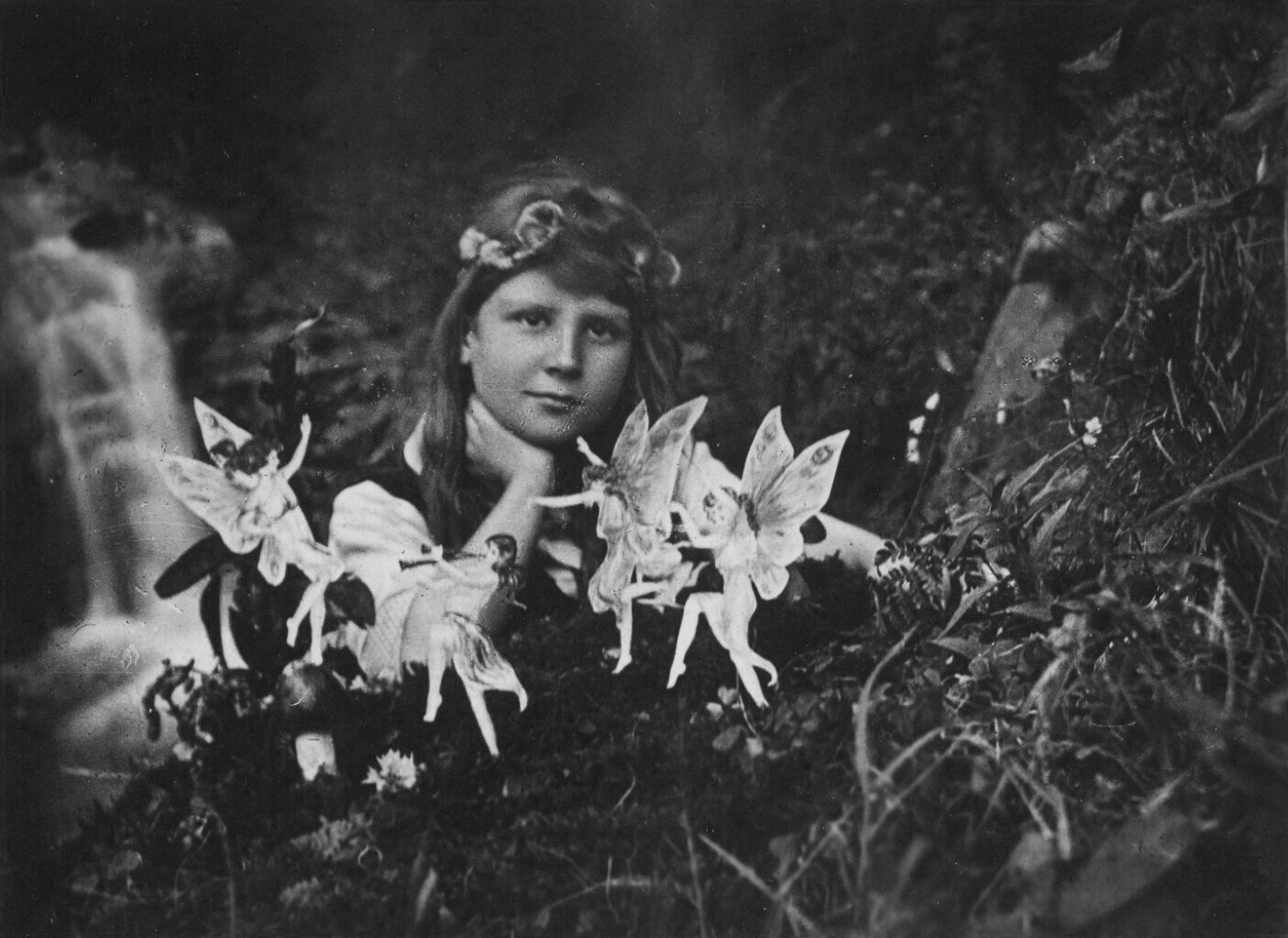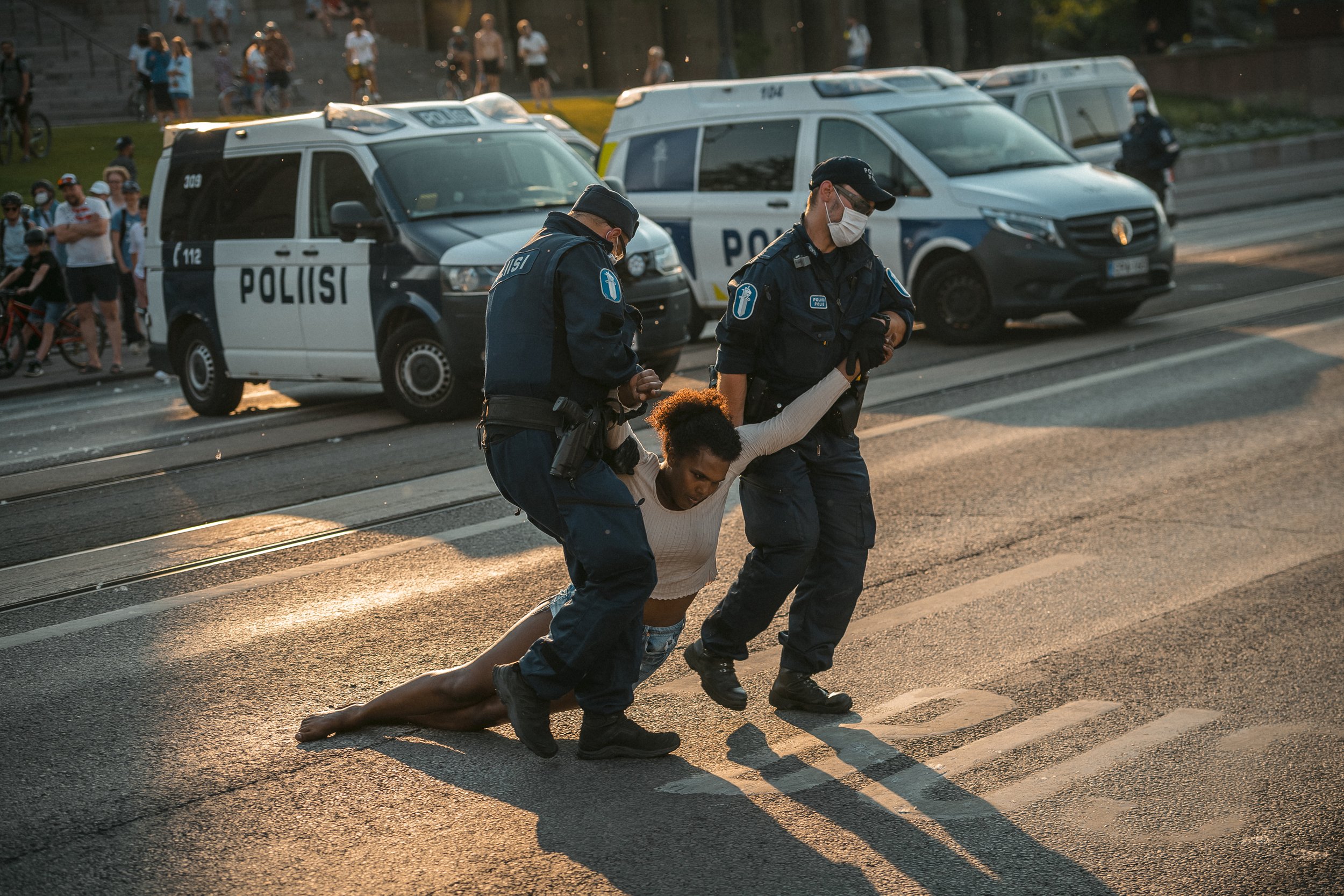Capturing reality or creating illusions? The convergence of artificial intelligence and photography
The history of photography is a story of innovation driven by the pursuit of simplicity and ease. George Eastman, the founder of Kodak, captured this spirit with his 1888 advertising slogan, “You press the button, we do the rest.” The modern iPhone epitomises the industry's efforts to enable anyone to capture images without grappling with intricate mechanics of the medium. The democratisation of photography has made it an ubiquitous feature of our lives; however, we must contemplate whether the quest for simplicity has strayed so far that what we create can no longer be called photographs.
To address this question, we must first examine the underlying technology of the iPhone's camera system. When a photograph is taken with the latest iPhones, the camera captures nine images with varying levels of exposure. The iPhone then utilises its processor and specialised cores, optimised for neural network processing, to analyse the shots. It examines each scene semantically, adjusting specific elements such as faces and skies, and combines the frames to optimise for detail and low noise. In low light situations, the iPhone’s artificial intelligence algorithms fill in shadow details with what it surmises could be there, resulting in waxy patterns. The processing extends to the iPhone's ProRAW files and is irreversible, rendering the true nature of the original image forever obscured beneath layers of artificial enhancement. Apple dubs its neural image processing Deep Fusion. This process occurs out of sight; there is no indicator in the camera app, photo roll, or even in the EXIF data.
The iPhone is not alone in this computational transformation of photography. Samsung's phones, for instance, have been caught faking detailed photos of the Moon by using artificial intelligence to add details that were not originally present in the image.
This image was captured in Ischia, Italy, with an iPhone 13 Pro.
The concept of indexicality—the direct connection between a photograph and the reality it represents—has long been central to our understanding of the medium. The word camera originates from the Latin phrase camera obscura, meaning dark chamber. This simple optical device, a predecessor to the modern camera, consists of a box or room with a small aperture through which light enters, casting an inverted projection of the external scene onto the opposite wall. This projection is a direct, indexical representation of reality, and all cameras are based on it. Like a fingerprint left at a crime scene, indexicality in photography connects the captured image directly to the subject, leaving a trace of its presence.
A key objective of technological advancement has often been the pursuit of miniaturisation. The laws of physics imposed constraints on camera size until manufacturers shifted their attention from the interplay of light and shadows within the camera obscura to the more elusive realm of algorithms. This shift has challenged the authenticity of the photographic process, weakening the images' indexical connection to reality. Modern phones, rather than dark chambers, more closely resemble enigmatic black boxes, governed by hidden algorithms.
Artificial intelligence is increasingly integrated into image-making across mobile applications, professional software, and traditional digital cameras, which often adopt new technologies from smartphones—devices at the forefront of camera development and the most prevalent cameras in use today. People can now effortlessly smooth skin, alter expressions, adjust backgrounds—or simply conjure images resembling photographs out of the ether with a few simple taps or clicks. This fusion of artificial intelligence and photography blurs the lines between traditional photography and other forms of digital imagery, necessitating a reevaluation of the medium's essence.
Janne Seppänen identifies the material core as a defining characteristic of a photograph. In film photography, chemicals on the film react to light, creating a latent image that needs to be developed to become a visible negative image. In digital photography, light-sensitive semiconductors, photodiodes, form an image on a sensor. When the camera shutter opens, photons are absorbed by the diodes, generating a voltage proportional to the number of photons. This signal is measured, amplified, and converted into digital code. Both film and digital photography involve photons causing changes in materials, which are then recorded and processed to produce a visual photograph.
In his book, Johdatus filmiaikaan (Introduction to the Film Era), essayist and amateur photographer Antti Nylén presents the concept of the hyperphotograph. Unlike traditional photographs, which are tangible, well-defined entities akin to objects, hyperphotographs are infinitely modifiable and expandable collections of data. This inherent flexibility allows hyperphotographs to easily become detached from the material core of photography, a phenomenon evident in images produced by modern iPhones. While these pseudo-photographs share some of the visual language, aesthetics, documentary capacity, and artistic potential of traditional photography, they are marked by a fundamental difference: the absence of a direct link between the subject and the resulting image.
Marshall McLuhan's famous adage, “the medium is the message,” underscores the significant impact of the shift from traditional to digital photography. This transition has not only revolutionised image creation but also fundamentally altered our perception of the medium itself. As we navigate the evolution from film to digital and eventually to algorithm-driven image-making, the meaning and purpose of photography undergo continuous redefinition. The crux of the matter is not the authenticity of individual photographs; manipulated images have existed as long as photography itself. Instead, the issue lies in how this metamorphosis influences our ideologies surrounding the medium.
Nylén asserts that a defining characteristic of a hyperphotograph is its limitless potential, contrasting with traditional photographs, which are always bound by specific qualities. As we embrace the essence of hyperphotography, we have begun to expect photographs to conform to our desires, highlighting what we want to see and concealing what we prefer to hide, rather than accurately depicting reality. The loss of indexicality echoes Neil Postman's concerns about the gradual erosion of authenticity in our technology-driven world as people become more concerned with appearances, rather than building genuine connections.
The photography industry is still grappling with the implications of these shifts in image-making. The World Press Photo, for instance, only accepts single frame photographs, disallowing image stitching from multiple exposures, for example, to improve the dynamic range of an image—a feature the iPhone now performs automatically. In 2021, Zishaan A Latif won a third prize in the Contemporary Issues category using an iPhone 6s to portray the destruction after the riots that occurred in Delhi in March 2020. The older model still produces photos in a more traditional way, the Deep Fusion first appeared on the iPhone 11. As technology continues to advance, competitions like the World Press Photo must adapt their criteria to address images produced using modern phones.
For years, tech evangelists have foretold that the time of augmented reality is imminent, but the time of augmented photography has crept upon us unnoticed. As we venture into the future of photography, we must confront the inevitable integration of artificial intelligence and augmented reality into the very fabric of image-making. In an increasingly digitised world, more advanced algorithms and new imaging techniques will continue to blur the boundaries between reality and representation, further challenging traditional notions of photographic authenticity. We are now faced with a critical decision: either redefine photography by severing its ties to the material core or accept that iPhones and similar devices do not produce true photographs. The choice we make will significantly shape our understanding and appreciation of the medium in the coming years.









